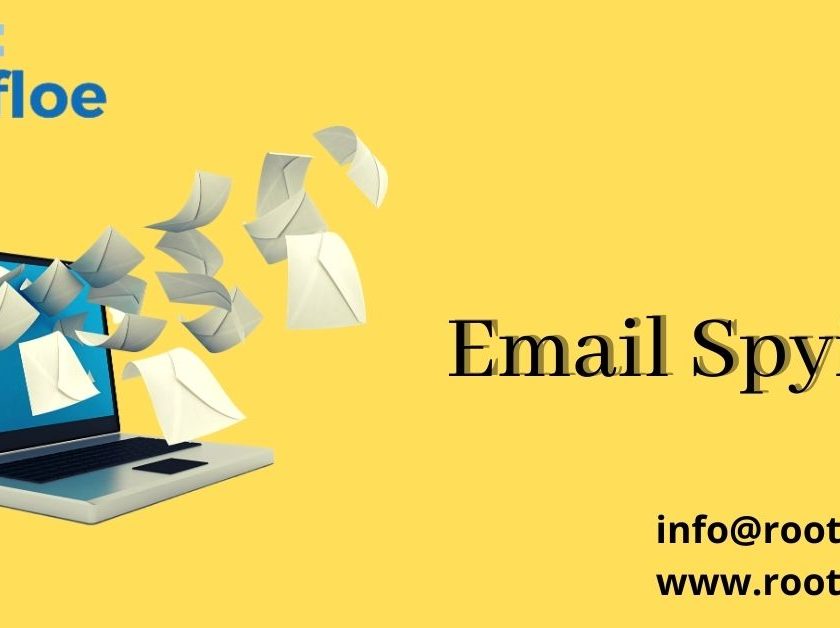“Hold your identity or lose your access”
Data is the most important thing when it comes to cybersecurity. To protect one’s data, we should be aware of who has access to the data, only the authorized person with defined permissions should be able to access the data. IAM verifies and manages different permissions for different employees according to their role in the organization.
What is Identity and Access Management (IAM):
Identity and Access Management is a format of verifying and authorizing a person/employee and granting them access to perform different actions. Using IAM, one can create and manage user groups and user’s authentications. When a database administrator comes in he should be able to access only the DB instances for which they have permissions and blocks him from accessing any other resources on the server. The basic components of IAM are,
- Authentication
- Authorization
- Accounting
- User management
- Access control
1. Authentication:
Authentication is the process of verifying the identity of the user. Whenever a user logins, the password provided by him is authenticated by the system and in some cases, the user should provide additional credentials like OTP, biometrics, etc and this additional authentication is called Multifactor Authentication. Multifactor authentication is the most recommended method because there is no chance or less chance of our data to be exploited. OTP grants access to a single session. Biometrics scans the fingerprint for the authentication. Authentication confirms the user who they are.
2. Authorization:
Authorization is the process of granting access to the right people. In IAM, authorization determines the level of access to resources a role can particularly have. This includes access to different applications, printers, rights to read/write permissions, etc depending upon the role of the employee in the organization. For example, the accounting department employee should not have access to the production department because there should be no chance of the existence of an unauthorized person.
3. Accounting:
Accounting is the measurement of resources used by a user through the entire session (ie, from login time to log out time). Resources transferred between users. This statistics is used for billing, capacity planning, resources utilization, etc.
4. User Management:
User management deals with the management of users name, password, role management and access level to their role. In this part, the user accounts are created, maintained and also the lifespan of the user account can be set when it was created. Some user management functions can be general to users but some functions are authorized only to the end-users. User management helps assign workload to different departments and also assigns work to employees who are capable to handle the situation. This process also makes access level for employees very simple as we can set a common access level for a role and don’t want to set permissions for individual users.
5. Access Control:
Control over the level of access to a resource is called access control. A team of employees or an individual employee may have a different level of access and it is important to set and edit the required level of access to a role. The types of access control are,
- Role-based access control – Access to the resources is based on the role of the employee. This is more suitable for private industries.
- Rule-based access control – Enforces static constraint based on user role.
- Mandatory access control – Blocks the access once there is a change in data.
- Attribute-Based access control – It is also known as policy-based access control. The access rights are granted to users through the use of policies which combine attributes together.
IAM Services:
IAM provides different services such as provisioning, credential management, auditing, identity repositories, monitoring apps, Authorization services, password management tools, etc.
- Provisioning – This is to make sure that the user has access to all privileges required to perform their jobs. This process should be completed faster or else this might stop the users from performing the task.
- Credentials management – Credentials management is to maintain the smart cards, certificates, biometrics, personal information and other credentials provided by the user for authentication.
- Auditing – It is the process of documenting, reviewing and workflow and identity and access control information.
- Authorization services – It is responsible for providing privileges to users based on the role they perform. Mandatory access control (MAC), Role-Based access control (RBAC), Rule-based access control (RAC).
Benefits of IAM:
IAM helps the administrator to keep track of the access given to the users and allows the admin to create new users and provide them access to the required resources. It improves business in terms of security, reduces the overall load to IT administration, enhances identification of loopholes, effective customer support, improves the productivity of employees.
IAM is more effective in protecting the data and end-to-end IAM implementation reduces the security breaches, ensuring only authenticated users are accessed. IAM protects the sensitive data of the clients, business information, data being transmitted, stored in the local server.
Not only on the internet we should make sure only authorized people are allowed to perform a job, if not we may put our data and resources in risk. So, consider implementing IAM as a basic level of security in your website/application to protect from hackers, breaches, viruses.
Get in touch with us today to discuss your requirements and the services we offer. Contact us at info@rootfloe.com for a free consultation.




